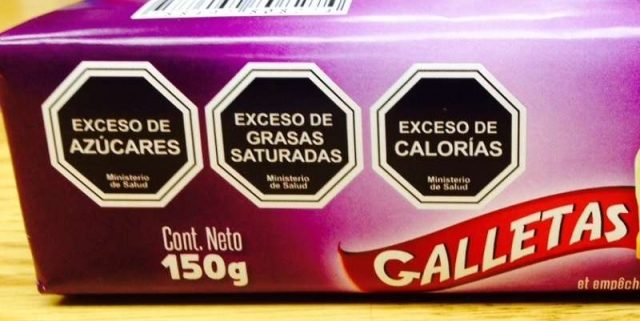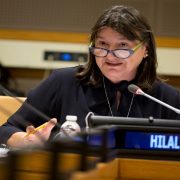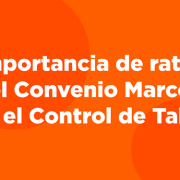National government seek to agree a new model of food labeling
In a context of alarming prevalence of childhood obesity and overweight, Argentina aims to move towards a new model of food labeling. The Ministry of Health and the Ministry of Production seek to agree on the model to be followed in our country.
“Below, we offer a google translate version of the original article in Spanish. This translation may not be accurate but serves as a general presentation of the article. For more accurate information, please switch to the Spanish version of the website. In addition, feel free to directly contact in English the person mentioned at the bottom of this article with regards to this topic”.
At the national level, according to the World School Health Survey (2012), in the last five years, in the group of adolescents aged 13 to 15 years increased excess weight from 24.5% to 28.6%. In turn, the prevalence of obesity increased from 4.4% to 5.9%. The seriousness of the current situation of overweight and obesity in Argentina and in particular the fact of seeing alarming trends among children and adolescents urgently requires health protection policies.
Among them, the advance towards a system of frontal warnings in food products with a high level of critical nutrients (sodium, sugar and fats) is a step in the direction of recommendations by specialized health protection organizations. These measures already have the support of scientific evidence from countries such as Chile, where the warning system has been in force for several years. The Ministry of Health itself recognizes it as the most effective system in its report on frontal nutrition labeling of food published at the end of 2018. In the same sense we have pronounced together with the National Coalition to Prevent Childhood Obesity in Children and Adolescents.
It is very important that the limits to establish these categories are based on guidelines such as the Nutrient Profile of the Pan American Health Organization (PAHO). Based on the experience of other countries, it is expected that the food industry press so that the content levels to which these warnings apply are very high. Therefore, it is important that it be based on guidelines from a specialized public health agency such as PAHO.
Recently, the current Secretary of Health of the Nation said in the Clarín newspaper that a dialogue has been started with the Ministry of Production to reach a food labeling model that informs the population about the content of critical nutrients (sugar, fats, sodium), and that in turn alert when those nutrients are present above the recommended amounts. The combination of a warning system with other labeling modifications to provide better information on all products in general can be positive as long as it is supported by scientific evidence.
In addition, it is important to keep in mind the interests of the different institutions that participate in these dialogues. In a public health crisis, the criteria that must be prioritized are those that protect the right to health and not so much the economic interests that are channeled through dependencies such as the Ministry of Production. In the same sense and from civil society, attention should be paid to possible conflicts of interest that may exist. For example, in the aforementioned Clarín note, the Center for Studies on Food Policy and Economics (CEPEA) is mentioned, which in the report of the Ministry of Health confirms that it receives financing from the food industry.
Contact
Agustina Mozzoni, agustinamozzoni@fundeps.org











